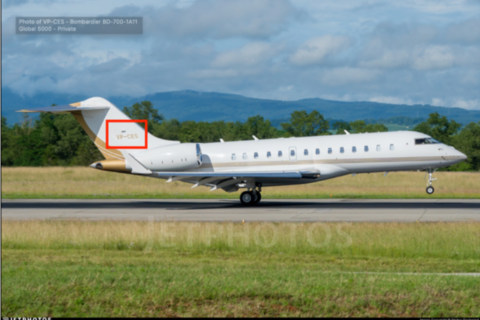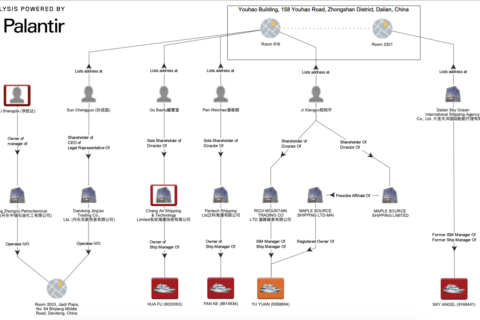Lux & Loaded

Investigating connections between North Korea’s illicit commercial operations and global luxury goods supply chains.
Executive Summary #
North Korea acquires high-end luxury goods through the same overseas smuggling networks as other contraband. As a result, their detection and seizure could be a means to drive action against the Kim regime’s core procurement operations. High-end luxury goods share key features with dual-use goods for North Korea’s weapons program: they are scarce, specialized products with high monetary value and great symbolic importance for the Kim regime. However, unlike dual-use goods, luxury products like armored Mercedes vehicles are easily identifiable on publicly available trade records and at port. While some previous reports have examined entities involved in diversion cases for both luxury and dual-use goods, most research has analyzed North Korean luxury goods acquisition in the context of regime enrichment. To our knowledge, no previous report has expressly investigated high-end luxury goods as an analytical proxy for mapping the Kim regime’s active procurement routes, commercial facilitators, and capabilities.
This report extends proven C4ADS methodologies for tracking North Korea’s illicit commercial operations to global luxury goods supply chains. We leverage publicly available information like corporate registry filings, trade records, vessel tracking data, customs records, and social media to inform two key findings:
- First, between 2015 and 2017, as many as 90 countries served as luxury goods procurement sources for North Korea, a much broader scope than previously understood. United Nations Security Council Resolution 1718 (2006), which prohibits the export or transshipment of luxury goods to North Korea, delegates to Member States the responsibility to delineate which products constitute “luxury goods” that are subject to export control. But to date, the international community has publicized only 13 such export control regimes, ten of which do not include standardized product codes that could be generalized internationally. By matching the product descriptions of controlled items to Harmonized System (HS) codes, we demonstrate that current export control regimes developed by Member States in response to the luxury goods prohibitions in UNSCR 1718 (2006) have limited utility for multilateral enforcement. Most export control regimes do not correspond to the international commodity classification system that categorizes the majority of global trade.
- Second, the Kim regime continues to maintain sophisticated procurement capabilities through U.S.-allied countries despite sanctions. Our report uses network and supply chain analysis to investigate previously unreported shipments to North Korea of more than 800 luxury vehicles, including two armored Mercedes-Maybach S600 Guard vehicles shipped in October 2018 valued at more than $500,000 each. We show that the vehicles originated in Germany, the Netherlands, and Thailand before being transshipped through China, Japan, South Korea, and the Russian Far East. This report represents the first attempt to distinguish between general North Korean cross-border trade and the Kim regime’s core procurement operations using multiple important contextual factors: the value of the product, assumptions about end users, the degree of risk undertaken given the shipment route, the broader commercial activities of implicated entities, and the complexity of the obfuscation techniques employed. We show that the commercial entities involved in shipments of high-end luxury products operate in multiple jurisdictions, have significant freight handling capabilities, and engage with North Korea in other prohibited commercial activities like ship-to-ship transfers, coal exports, overseas labor, and arms sales.
This report provides a roadmap for law enforcement and civil regulators to implement a more targeted and effective sanctions campaign against the Kim regime’s core procurement networks. We demonstrate that relevant authorities can leverage publicly available information on trade in luxury goods to delineate the proximity of North Korea’s commercial facilitators to core regime
operations. Sanctions practitioners can use this information to better calibrate a more effective sanctions campaign that not only reduces the negative externalities on average North Koreans but also damages the regime’s ability to maintain core operational procurement capabilities.
Please see the attached statement for additional information pertaining to this report.





